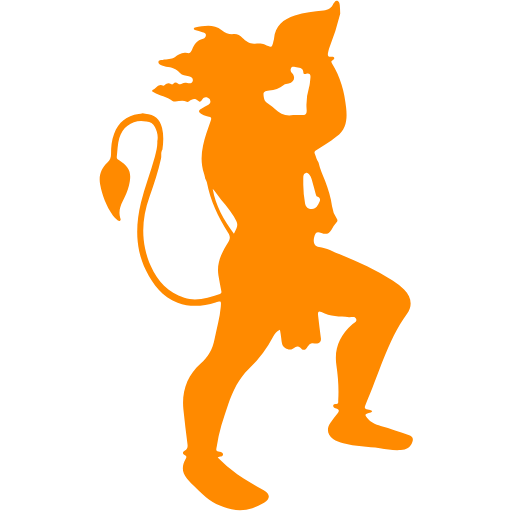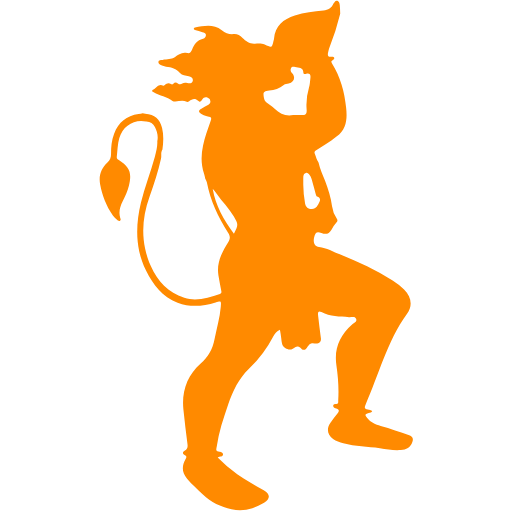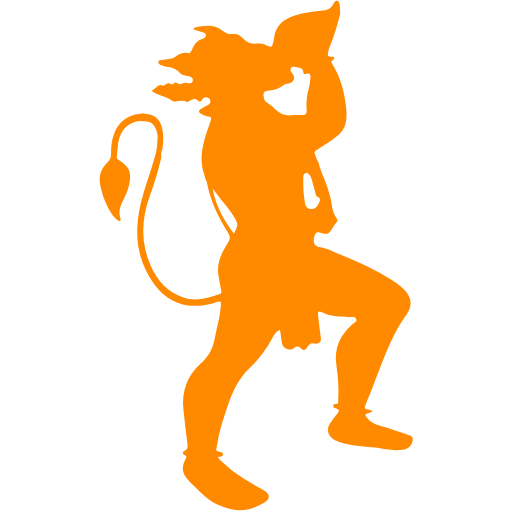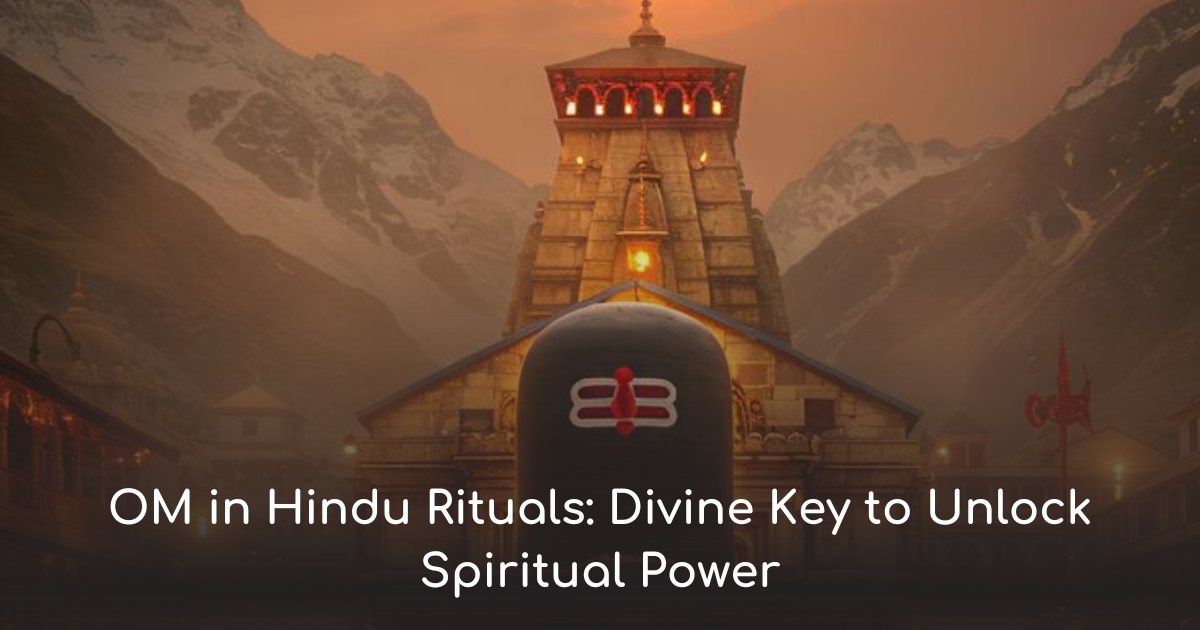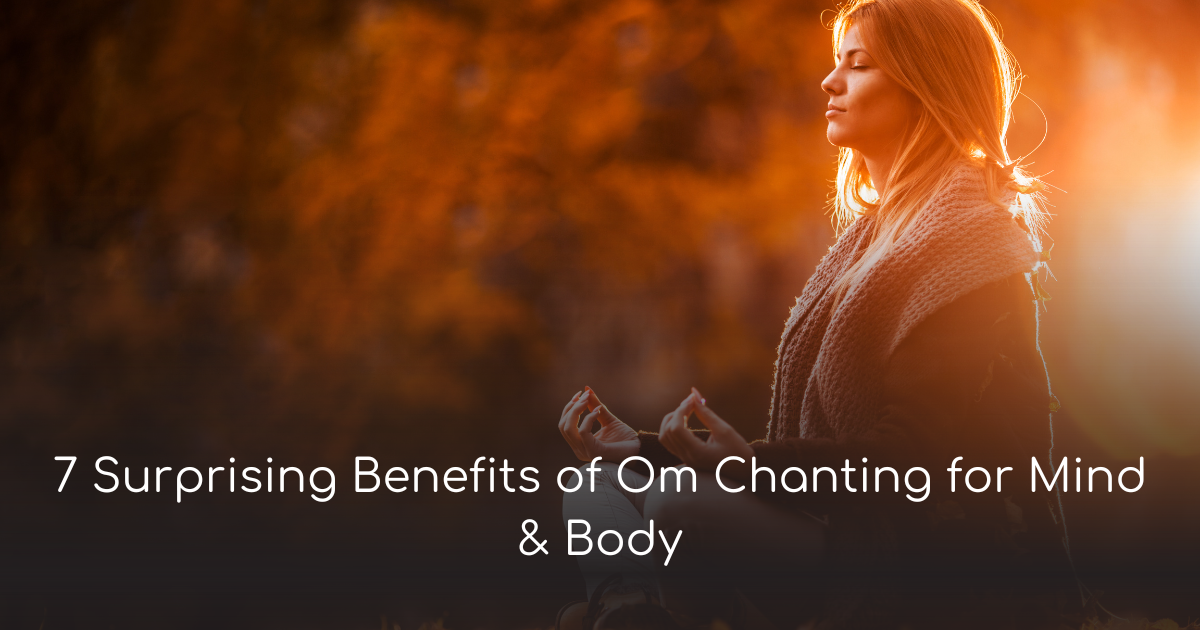importance of cow in sanatan dharma 10 sacred truths
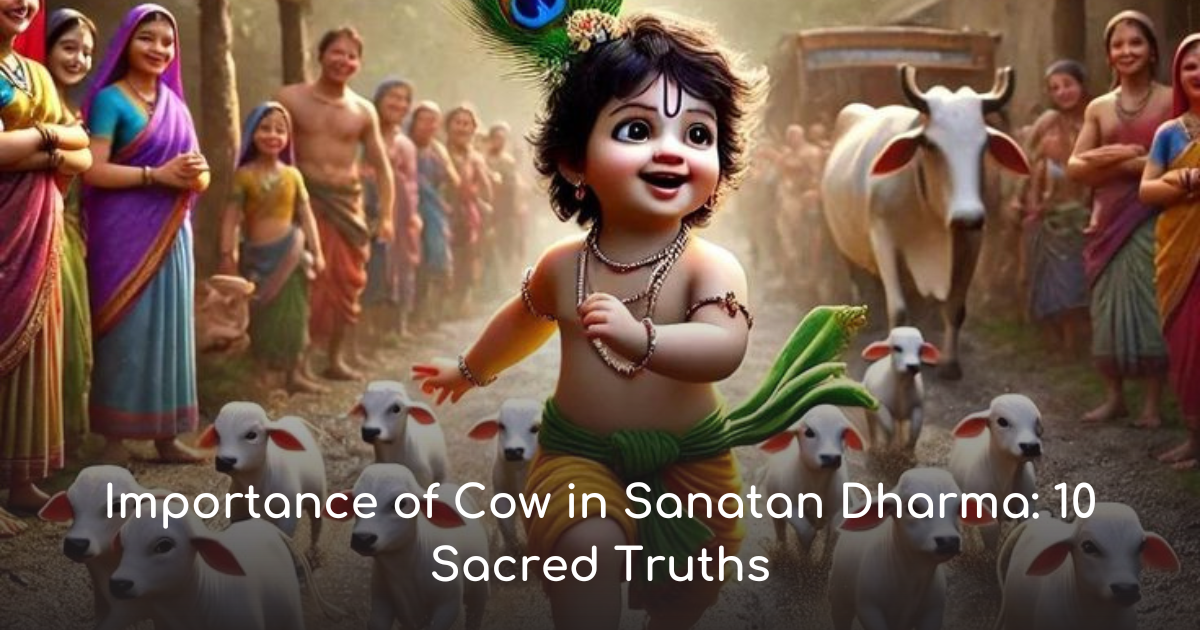
Importance of Cow in Sanatan Dharma lies in her sacredness, nurturing nature, and divine role in Vedic traditions, spirituality, and holistic living.
Gau Mata — The Divine Mother of Dharma
Introduction In the sacred land of Bharat, where every river is revered and every mountain carries a legend, the cow holds a place of unparalleled reverence. The Importance of Cow in Sanatan Dharma is not a matter of tradition alone—it is an embodiment of faith, culture, economy, and spirituality. When we bow before Gau Mata, we don’t just honor an animal; we bow to the very essence of motherhood, nurturance, and dharma.
This article is your deep-dive into the spiritual and practical dimensions of cow reverence in Sanatan Dharma. As you read, let your heart swell with pride and your spirit align with the timeless values our Rishis gifted us. Let us together explore the sacred truths that make the cow the heartbeat of Hindu civilization.
1. Divine Status of Cow in Scriptures
Our Vedas, the oldest spiritual texts known to mankind, sing the glory of the cow with unmatched devotion. In the Rigveda, the cow is described as Aghnya—one who should never be killed. The Atharvaveda refers to her as a bringer of wealth and prosperity. In the Mahabharata, Bhishma states that protecting cows is equivalent to protecting the entire universe.
The divine cow Kamadhenu, born of the cosmic churning (Samudra Manthan), is described as the mother of all cows. She is the wish-fulfilling celestial cow who resides in the spiritual realm, serving sages and gods alike. Her milk nourishes not just bodies, but also consciousness.
Scriptures present the cow as the physical embodiment of all 33 crore Hindu deities. Her body is a temple:
-
🐄 Horns symbolize Lord Vishnu
-
🐄 Forehead carries Lord Shiva
-
🐄 Udder is home to Goddess Lakshmi
-
🐄 Legs represent the four Vedas
To revere Gau Mata is to revere the totality of Sanatan Dharma. Killing or disrespecting her is seen as the gravest sin—akin to disturbing cosmic harmony.
2. Krishna’s Eternal Bond with Cows
Lord Krishna, the most beloved avatar of Vishnu, is inseparable from cows. He is Gopala—protector of cows—and Govinda—one who gives pleasure to the cows and senses. In the idyllic forests of Vrindavan, Krishna spent his youth herding cows, playing the flute, and teaching us that spiritual bliss lies in simplicity and love.
Stories from the Bhagavata Purana highlight Krishna’s deep affection for cows:
-
He would call each cow by name
-
When one cow went missing, Krishna would search tirelessly
-
His flute enchanted cows into a state of divine joy
Cows, in turn, showered Krishna with love and recognition. This mutual bond is not just historical—it’s metaphysical. In loving cows, we align ourselves with Krishna’s consciousness.
Even today, Krishna temples across India have their own goshalas (cow shelters), and devotees offer sewa (service) to cows as an act of devotion to the Lord himself.
3. The Cow as a Symbol of Dharma
In the Vedic worldview, the cow is the physical manifestation of Dharma. In Satyuga, the cow stood on all four legs—truth, purity, compassion, and discipline. As humanity declined in righteousness through the ages, the cow lost one leg per yuga.
This is not mythology—it’s profound symbolism. When cows are honored and protected, society flourishes. When they are harmed, dharma declines. In the Srimad Bhagavatam, Maharaja Parikshit is praised for protecting a bull (symbol of dharma) and a cow from being beaten. This story isn't just about protection—it's a call for kings, leaders, and citizens to uphold justice.
Today, cow protection isn’t a rural issue or a religious whim—it’s a civilizational responsibility. Gau Raksha (cow protection) is Gau Samrakshan (preservation of dharma).
4. Panchgavya: The Five Gifts of the Cow
Panchgavya—milk, curd, ghee, urine, and dung—are five miraculous products derived from the cow, collectively used in Ayurvedic medicine, temple rituals, and organic agriculture.
Let’s look at each:
-
🥛 Milk: Rich in nutrients and considered sattvic (pure). Ideal for strengthening the mind and enhancing spiritual discipline.
-
🍶 Curd (Dahi): Improves digestion, immunity, and is essential in many Hindu fasts and rituals.
-
🧈 Ghee: Called “liquid gold” in Ayurveda; boosts brain function, immunity, and is indispensable in fire rituals (havan).
-
💧 Gomutra (Urine): Used in Panchgavya therapy; believed to have anti-cancer and antimicrobial properties.
-
🌿 Dung: Natural fertilizer, antiseptic, and used in havan samagri and temple walls for spiritual protection.
These are not mere by-products. They are divine gifts that sustain not just our bodies, but our spiritual ecosystems. The revival of cow-based living is the revival of Sanatan consciousness.
5. Cow and Agriculture: The Vedic Rural Model
Bharat has always been a land of villages, and the cow is the foundation of its agrarian economy. Before industrialization, every Indian farmer had a cow or bull—offering dairy, power for ploughing, and fuel through dung.
Benefits of cow-centric farming:
-
🌾 Cow dung enhances soil fertility naturally
-
🌱 Cow urine acts as a pesticide and growth enhancer
-
🚜 Bulls provided eco-friendly transport and ploughing
This Vedic farming model is zero-waste, high-efficiency, and spiritually aligned. It ensures harmony between humans, animals, and nature. Reviving cow-based agriculture is not backward—it's the need of a sustainable future.
Gau Seva — The Heart of Sanatan Living
6. Health and Nutritional Benefits of Cow Products
The ancient Rishis of Bharat were far ahead of their time. They not only saw the cow as sacred, but also as a life-giving fountain of health. Scientific validation in modern times only affirms what Sanatan Dharma has always proclaimed.
Let us look at the benefits of desi (indigenous) cow products:
-
🥛 A2 Milk: Unlike A1 milk from foreign breeds, A2 milk from Indian cows is easy to digest, rich in calcium, omega-3, and beta-casein protein.
-
🧈 Ghee: Nourishes brain tissues, boosts immunity, and aids digestion. It is recommended in Ayurveda for balancing vata and pitta doshas.
-
🍶 Curd (Dahi): A natural probiotic, excellent for gut health and immunity.
-
🌿 Buttermilk (Chaas): A sattvic, hydrating drink that cools the body and aids digestion.
-
🥥 Cow Colostrum: Known as peelu, it is packed with immune-boosting nutrients, often given to newborns and patients recovering from illness.
These gifts aren’t just physical nourishment—they are prasad from Gau Mata herself, spiritually uplifting and sattvic in nature.
7. Cow in Indian Festivals and Rituals
From birth to death, the cow accompanies every Hindu through life's spiritual journey. Cows are not just part of rituals—they are participants and witnesses.
Key occasions where cows play a sacred role:
-
🪔 Govardhan Puja: Celebrates Krishna lifting the Govardhan Hill; cows are decorated and worshipped.
-
🐄 Gopashtami: Marks Krishna’s initiation into cow grazing; young boys are blessed, cows receive special offerings.
-
🌾 Pongal and Makar Sankranti: In Tamil Nadu and other parts, cows are washed, worshipped, and thanked for their role in agriculture.
-
👰 Hindu Weddings: Ghee and curd are essential in marriage rituals, and cows are invoked for blessings of prosperity.
-
⚰️ Funeral Rituals: Donation of cows (Gau Daan) is performed for the peaceful journey of the soul.
These rituals show how deeply intertwined cow reverence is with our samskaras (life-purifying rites).
8. The Ethical and Spiritual Responsibility of Cow Protection
Protecting the cow is not just a religious act—it is the highest form of seva (selfless service). Saints like Swami Dayanand Saraswati, Maharishi Aurobindo, and Swami Vivekananda emphasized that the cow embodies ahimsa (non-violence) and must be safeguarded.
When Gau Mata is harmed, it's not just a violation of animal rights—it’s a spiritual wound to Dharma itself. Cow slaughter is condemned not out of hatred, but out of compassion, culture, and karmic ethics.
Legal protections in India are enshrined in Article 48 of the Constitution, directing states to prohibit cow slaughter. Yet true cow protection goes beyond laws—it includes:
-
❤️ Loving care and feeding (Gau Seva)
-
🛕 Supporting local goshalas (cow shelters)
-
📚 Educating youth on Sanatan values
-
🧘 Adopting cow-based lifestyles for holistic living
A society that protects its cows protects its soul.
9. Revival and Modern Relevance of Cow Reverence
In today’s age of technology and urbanization, there is a glorious resurgence of cow reverence—especially among the youth who seek meaning, health, and sustainability.
The Gau-centric revival includes:
-
🏞️ Rise of Organic Farming: Panchgavya products are replacing chemical inputs in agriculture.
-
🧴 Natural Healthcare: Gomutra-based medicines, Panchgavya soaps, shampoos, and oils are gaining traction.
-
🐮 Goshalas as Sanctuaries: Thousands of goshalas across India now serve as centers of Dharma, healing, and education.
-
📱 Digital Gau Seva: Online platforms allow people to sponsor cows, donate fodder, and support medical care.
-
🌎 Global Gau Movement: Indian diaspora and even foreigners are embracing cow care as a path to inner peace.
This is not regression. It’s civilizational reawakening. Gau Mata is once again becoming the mother of modern Bharat.
Gau Sanskriti — Living the Legacy of Cow Reverence
10. Gau Mata and the Foundation of Vedic Culture
At the heart of Vedic culture lies a reverence for the natural order—Rta. The cow is the living symbol of this sacred order. She connects us to nature, to divinity, and to our roots. In every ashram, gurukul, and rishi-kul, cows were essential companions—not just for sustenance, but for spiritual companionship.
-
🐄 Rishis would meditate near cows for their calming energy.
-
🐄 Goshalas were part of every spiritual and academic institution.
-
🐄 Sacred cows were named, sung to, and included in daily pujas.
Even now, every poorna ahuti (complete offering) in a yajna is considered incomplete without offering ghee made from desi cow milk. The cow is thus a spiritual conduit between heaven and earth.
To walk the path of Sanatan Dharma is to walk hand in hand with Gau Mata.
The Soulful Bond: Why Hindus Call Her 'Mother'
The cow is not just an animal in Hindu thought—she is Mata (mother). Why? Because like a mother:
-
👶 She nourishes us from birth without asking for anything in return.
-
🛡️ She protects life through her gifts—milk, dung, urine.
-
❤️ She embodies unconditional love, gentleness, and patience.
-
🌾 She sustains dharmic life—physically, culturally, spiritually.
When a child is weaned off mother’s milk, cow milk becomes the first substitute. The transition from janani to gau mata is seamless. That is why, emotionally and culturally, hurting a cow feels like hurting one’s own mother.
This sentiment is so deeply ingrained that ancient Hindu kings would declare war if a cow was harmed. Such was the weight of her sanctity.
Cow in Global Context: A Universal Symbol of Harmony
While the cow holds a unique place in Sanatan Dharma, her spiritual importance transcends borders. In many ancient cultures:
-
🌍 The Egyptian goddess Hathor was depicted with cow horns.
-
🇬🇷 In Greek mythology, Io was a priestess turned into a cow.
-
🕊️ In Jainism and Buddhism, cows are venerated for their non-violence.
Even today, the cow is associated with peace, sustainability, and nurturing energy globally. Her symbolism is universal—cutting across religion, region, and race. This gives us a unique opportunity to share Sanatan values through her.
Conclusion: Gau Mata is the Guardian of Dharma
Dear reader, if you’ve come this far, it is because your soul is stirred—by memory, by pride, or by spiritual yearning. The Importance of Cow in Sanatan Dharma is not merely historical or cultural. It is existential.
Gau Mata is the lifeblood of our civilization. When she flourishes, Bharat flourishes. When she is neglected, Dharma weakens. Protecting her is not just our duty—it is our dharma, karuna, and sankalp (resolve).
You may not live in a village or own a cow. But you can honor her:
-
🛕 Support a local goshala.
-
🙏 Offer sewa by feeding cows.
-
📢 Spread awareness on cow protection.
-
🧴 Use Panchgavya products.
-
💬 Teach the next generation about her sacred role.
In every temple she graces, in every heart she nourishes, Gau Mata continues to whisper the eternal truths of Sanatan Dharma. She is our past, our present, and our future.
Let us not merely revere her. Let us live with her, learn from her, and lead with her blessings.
🕉️ Jai Gau Mata. Jai Sanatan Dharma. Jai Bharat.
📚 Frequently Asked Questions
1. Why is the cow called 'Gau Mata' in Hinduism?
The cow is lovingly called 'Gau Mata' because she nurtures us just like a mother—offering milk, ghee, and life-supporting elements. In Sanatan Dharma, she is considered sacred, representing all divine energies and embodying motherhood, patience, and unconditional love.
2. What scriptures talk about the holiness of the cow?
The Vedas, Upanishads, Mahabharata, and Bhagavata Purana all praise the cow. In Rigveda, she is Aghnya (not to be harmed). Kamadhenu, the divine cow, features prominently in Puranic literature, and Krishna’s stories further elevate her status.
3. Who is Kamadhenu, and what is her significance?
Kamadhenu is the mythological cow of plenty, born during the Samudra Manthan (cosmic churning). She fulfills wishes and sustains sages. She is the mother of all cows and symbolizes divine abundance, selfless giving, and spiritual prosperity.
4. How is the cow connected to Lord Krishna?
Lord Krishna is known as Gopal (cow protector) and Govinda (cow nurturer). He spent his youth in Vrindavan among cows, treating them like family. His life with cows symbolizes simplicity, devotion, and harmony with nature.
5. What are the five Panchgavya products from the cow?
Panchgavya includes:\n
-
🥛 Milk\n
-
🍶 Curd\n
-
🧈 Ghee\n
-
💧 Gomutra (urine)\n
-
🌿 Dung
Each has health, spiritual, and environmental benefits and is used in Ayurveda, havan, and organic farming.
6. Is there a difference between desi and foreign cow breeds?
Yes. Desi cows produce A2 milk, which is healthier and easier to digest, while foreign breeds often produce A1 milk linked to health concerns. Desi breeds also have a hump (surya kethu nadi) that enhances medicinal properties.
7. How is cow dung used spiritually and practically?
Cow dung is:\n
-
🌿 Used as a natural fertilizer\n
-
🔥 A core element in yajnas\n
-
🛕 Plastered on floors/walls for purity\nIt holds antiseptic properties and is considered a cleansing agent for both space and spirit.
8. Why is cow slaughter considered a sin in Sanatan Dharma?
The cow is viewed as a spiritual mother and a symbol of dharma. Killing her is akin to breaking cosmic harmony and invites karmic consequences. It is seen as the gravest form of adharma (unrighteousness).
9. What festivals are dedicated to cows?
Major festivals include:\n
-
🐄 Gopashtami – Celebrating Krishna as a cowherd\n
-
🪔 Govardhan Puja – Honoring cow protection\n
-
🌾 Pongal/Sankranti – Thanking cows for harvest\nThese festivals reflect gratitude and reverence for cows.
10. How does the cow represent dharma?
The cow is said to stand on four legs in Satyuga, representing truth, purity, compassion, and discipline. As dharma declined, so did her stability. Protecting the cow is seen as protecting righteousness itself.
11. Can Panchgavya cure diseases?
Many Ayurvedic practitioners use Panchgavya in treatments for digestive, respiratory, skin, and chronic ailments. Scientific studies are now validating its antimicrobial and immune-boosting properties. However, quality and purity matter.
12. What is a goshala?
A goshala is a shelter for cows, where they are lovingly cared for—even after their milk-producing years. Goshalas uphold dharma, provide Panchgavya products, and serve as centers for seva and education.
13. Are there laws protecting cows in India?
Yes. Under Article 48 of the Indian Constitution, states are directed to ban cow slaughter. Many states have enacted specific laws. However, legal protection must be supported by social awareness and dharmic intent.
14. How can urban people do Gau Seva?
Urban dwellers can:\n
-
🧑💻 Sponsor cows through online platforms\n
-
🛍️ Buy Panchgavya products\n
-
📢 Promote cow awareness in schools, temples, and social media\n- 🛕 Support or volunteer in local goshalas
Even a small act of love matters.
15. Why do Hindus donate cows during rituals?
Gau Daan is considered the highest form of charity. It is done during funerals, festivals, and marriages for blessings, spiritual merit, and the liberation of ancestors. It reflects gratitude and devotion.
16. How is cow milk spiritually different?
Cow milk is sattvic—it calms the mind, enhances spiritual energy, and promotes longevity. It is offered to deities and consumed by yogis and sadhus for mental clarity and inner peace.
17. Is cow worship limited to India?
While India holds the cow most sacred, other cultures like Ancient Egypt, Greece, and Tibet also revered cows. The cow is globally seen as a symbol of nurture and peace.
18. What are the economic benefits of cow-based lifestyle?
Cow-based living supports:\n
-
💼 Rural employment\n
-
🧴 Organic product industries\n
-
🚜 Sustainable agriculture\n\nIt creates a self-reliant, eco-conscious economy based on dharmic values.
19. What is the connection between cow and Vastu Shastra?
In Vastu, cow dung and urine are used to cleanse negative energies. Their presence ensures spiritual sanctity. Some temples are built facing goshalas to retain divine vibrations.
20. How can we inspire the next generation to respect cows?
Involve them in:\n
-
🐄 Visiting goshalas\n
-
📚 Reading Krishna’s stories\n
-
🌿 Using Panchgavya\n- 🕉️ Practicing Gau Seva as a family\n\nCreate experiences that connect heart, mind, and dharma. Children emulate what we honor, not just preach.
🌟 A Message to Inspired Readers
Dear reader, you are not just a witness—you are a torchbearer. Through this journey, you’ve seen that Gau Mata is not just an animal but a living, breathing embodiment of Sanatan Dharma. When you honor her, you reconnect with your roots, your Rishis, and your very soul.
You are part of a sacred lineage that has upheld compassion, sustainability, and spiritual greatness for millennia. Let this pride awaken the protector in you. Let it become your sankalp (resolution) to never let Gau Mata be forgotten, neglected, or disrespected.
🔔 Walk the Path of Gau Dharma Today
✅ Feed or sponsor a cow at a local goshala
✅ Begin using Panchgavya in your home
✅ Educate at least one person on the sacredness of cows
✅ Share this article on social media, WhatsApp, or your community forum
✅ Subscribe to Sanatanyug.com for more dharmic inspiration
🕉️ Let your voice become her strength. Let your actions become her protection. Together, let’s awaken Bharat’s eternal soul—through the love of Gau Mata.
Jai Gau Mata. Jai Sanatan Dharma. Jai Bharat.

